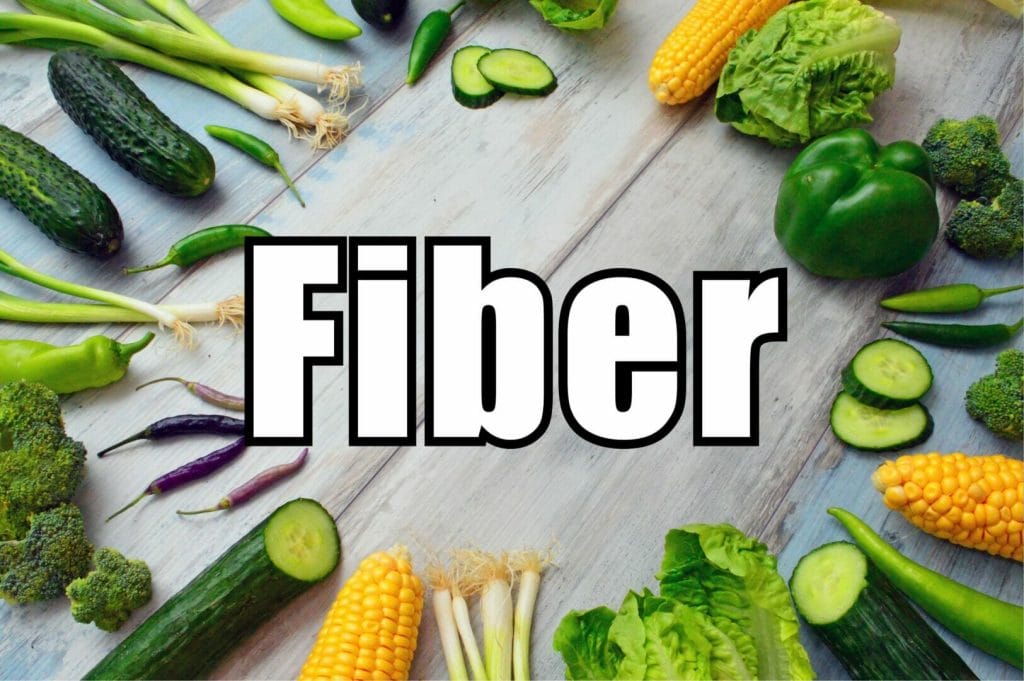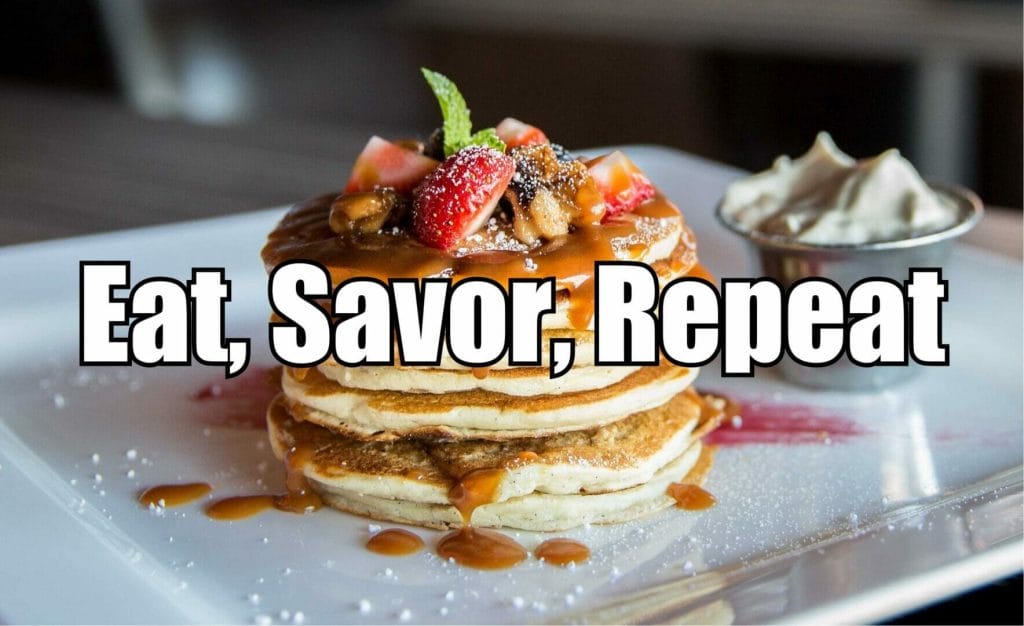Fiber, often overshadowed by other nutrients, is a dietary powerhouse with numerous health benefits. From supporting digestive health to helping with weight management, it’s a crucial part of a balanced diet. Let’s unravel the role of fiber in health and fitness and discuss effective strategies to incorporate more fiber into your diet.
The Role of Fiber in Health and Fitness
Dietary fiber, found in plant foods, is the part of the plant that your body can’t digest or absorb. Instead, it passes relatively intact through your stomach, small intestine, colon, and out of your body. Fiber is generally classified into two categories: soluble, which dissolves in water, and insoluble, which doesn’t.
- Digestive Health: Fiber adds bulk to your diet, aiding in digestion by preventing constipation and promoting regular bowel movements. This can contribute to maintaining a healthy weight and reducing the risk of developing hemorrhoids and small pouches in your colon (diverticular disease).
- Weight Management: High-fiber foods tend to be more filling, making you feel satiated longer, which can help control overeating and aid in weight management.
- Heart Health: Soluble fiber can lower the risk of heart disease by reducing the levels of low-density lipoprotein (LDL), or “bad,” cholesterol.
- Blood Sugar Control: Soluble fiber, by slowing the absorption of sugar, can help improve blood sugar levels, which is beneficial for people with diabetes.
- Longevity: A high-fiber diet may reduce the risk of dying from heart disease and all cancers.
Easy Ways To Eat More Fiber
Increasing your fiber intake doesn’t have to be complicated. Here are some practical ways to weave more fiber into your daily meals and snacks:
- Start Your Day with Fiber: Kick off your day with a high-fiber breakfast. Opt for whole grain cereals, oats, or a piece of fruit with your breakfast.
- Choose Whole Grains: Whenever possible, choose whole grain versions of your favorite foods – think whole grain bread, brown rice, and whole wheat pasta.
- Fruits and Veggies in Every Meal: Try to include at least one fruit or vegetable in each meal. They’re not only packed with fiber but also with essential vitamins and minerals.
- Snack Smart: For snacks, choose fresh fruits, raw vegetables, nuts, and seeds instead of high-fat, low-fiber snack foods like chips and candy.
- Legumes are Your Friends: Incorporate more peas, beans, and lentils into your diet. They are high in fiber and also provide a good source of protein.
- Hydrate Well: As you up your fiber intake, also increase your fluid consumption. Fiber works best when it absorbs water, making your stool soft and bulky.
In conclusion, fiber is a must-have in your diet given its numerous health benefits. It might seem challenging to meet your fiber goals initially, but by gradually adding high-fiber foods to your meals and snacks, it becomes quite doable. The key is to incorporate these changes slowly and consistently for them to become part of your daily routine. And as always, if you have specific dietary needs or health concerns, it’s best to consult with a registered dietitian or healthcare provider. Remember, your journey to better health is a marathon, not a sprint, and every step you take towards eating a high-fiber diet is a step in the right direction!



